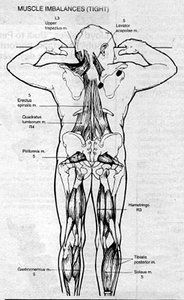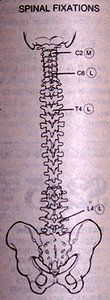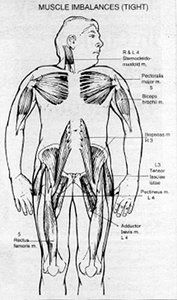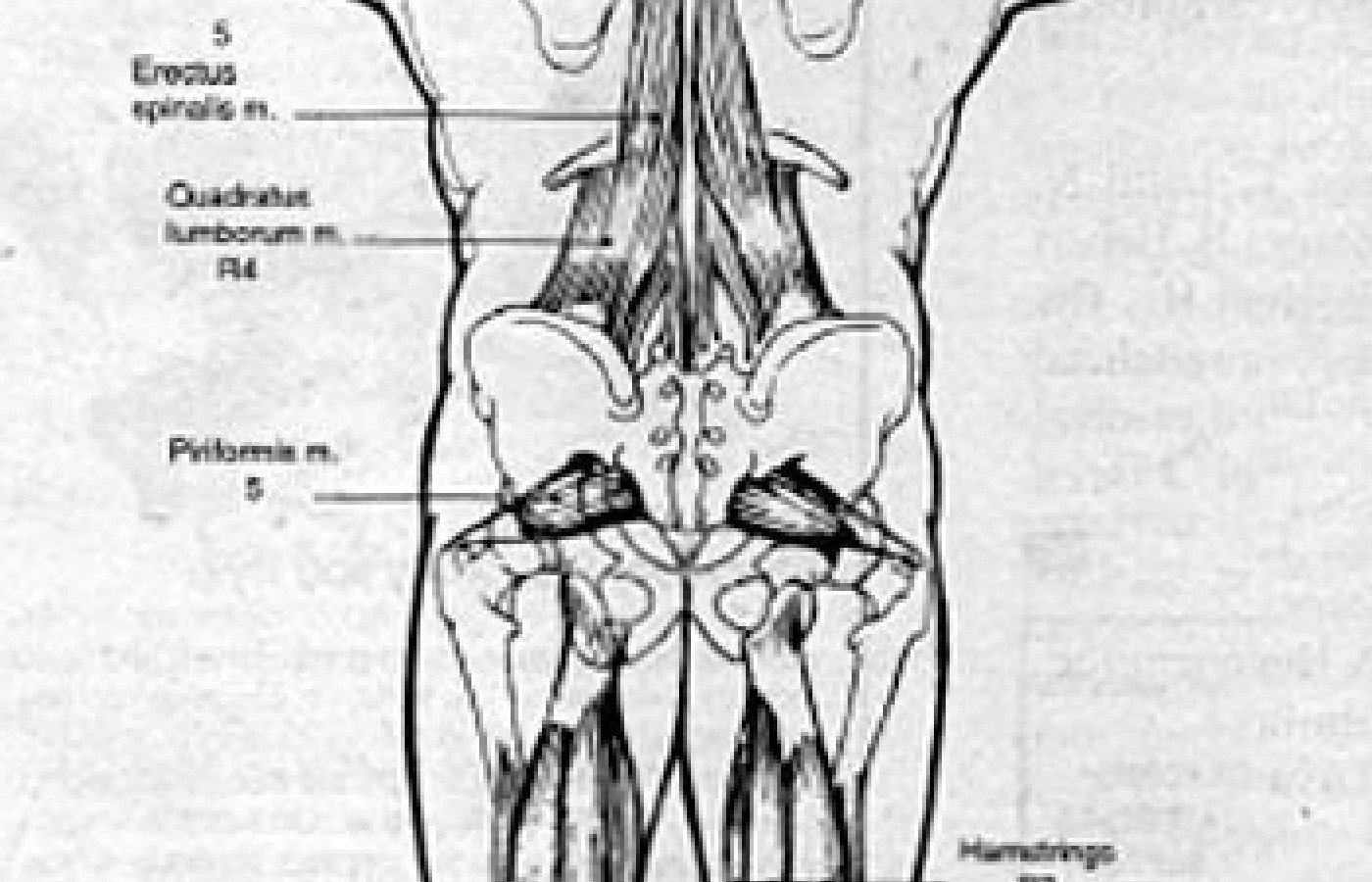New York's highest court of appeals has held that no-fault insurers cannot deny no-fault benefits where they unilaterally determine that a provider has committed misconduct based upon alleged fraudulent conduct. The Court held that this authority belongs solely to state regulators, specifically New York's Board of Regents, which oversees professional licensing and discipline. This follows a similar recent ruling in Florida reported in this publication.
Integration of the Spine and Muscles
Readers of this column for the last several issues are probably aware of my probing into the works of Vladimir Janda, PhD, MD, and his evaluation of the muscular system. He has made some original discoveries about the function of the muscular system and has incorporated them into a clinical approach. In a recent article in Spine,1 he states: "As far as the muscular system is concerned, clinicians think basically in biomechanical terms. Attention is principally directed toward muscle weakness and strengthening of individual muscle groups, and less to a systematic stretching of muscles, and even less to the achievement of good muscle balance." Janda has found particular postural muscles that tend to shorten in the average individual, and based on the fact that exercising short muscles increases their shortness and that a short muscle will maintain the weakness of its reciprocal muscle, unless these tight muscles are discovered and treated, the patient will be out of balance and subject to chronic pain and recidivism.
To incorporate the muscle concept in my practice, I have developed the following Muscle-Spinal Evaluation Chart which works extremely well in my office as a work sheet and report of findings. This sheet does not include the orthopedic, neurological and roentgenographic findings. It is a sheet that illustrates spinal fixations, trigger points, and chronically tight muscles. The muscles are graded during the examination and the patient is made aware of the tightness present. The findings of the evaluation of movement patterns and posture are written down and also explained. The spinal fixations are circled and labeled as to the type of fixation during the motion palpation and explained. Finally, active trigger points are also written down and explained. The evaluation sheet is really two sheets, and a copy of the under sheet is handed to the patient while the doctor keeps a copy to work from. At last a patient can take home a report of findings that illustrates their structural problems and depicts exactly what the doctor is attempting to accomplish. Of course the spinal subluxation/fixation portion could also be related to the autonomic nervous system and other related areas during your report.



| Trigger Points: Infra, Rhomboid | |
| Tight Muscle: 0 to 5 | |
| 0 = Extremely Tight (No Joint Motion) | |
| 1 = Very Tight (20 Percent Motion) | |
| 2 = Moderately Tight (40 Percent Motion) | |
| 3 = Tight (60 Percent Motion) | |
| 4 = Mldly Tight (80 Percent Motion) | |
| 5 = Normal | |
| Postural Muscle Evaluation: | |
| Tight | L. Upper Trap. |
| Weak | L. & R. Serratus Ant. |
| Weak | R. Gluteus Max |
| Tight | L. Adductor |
| Tight | R. Hamstring |
| Gait: Bilateral Hyperpronation | |
| Spinal Fixation | |
| Muscular: | M |
| Ligamentous | L |
| Articular: | A |
| Movement Patterns | |
| Hip extension: | Weak R. Glut. Max, Ipsilateral Lumbar, L. Upper Trap. |
| Hip abduction: | Tight L. TFL, Tight R. Quadratus Lumboum. |
| Sit-up: | Tight Psoas, Weak Abdominals. |
| Push-up: | Weak Serratus. |
| Head flexion: | Weak Scaleni, Tight SCM. |
| Shoulder abduction: | Tight L. Upper Trap. |
| Recommendations for Minimum Care: | |
Reference:
1. Bullock-Saxton, Janda V, Bullock M: Reflex activation of gluteal muscles in walking. An approach to restoration of muscle function for patients with low back pain. Spine, 18:704-708, 1993.
Warren Hammer, MS, DC, DABCO
Norwalk, Connecticut
Editor's Note:
Dr. Hammer will conduct his next soft tissue seminar on June 26-27, 1993, in Chicago, Illinois. You may call 1-800-359-2289 to register.
Dr. Hammer's book, Functional Soft Tissue Examination and Treatment by Manual Methods: The Extremities, is now available. Please see the Preferred Reading and Viewing List on page xx, Parts #T-126 to order your copy.



